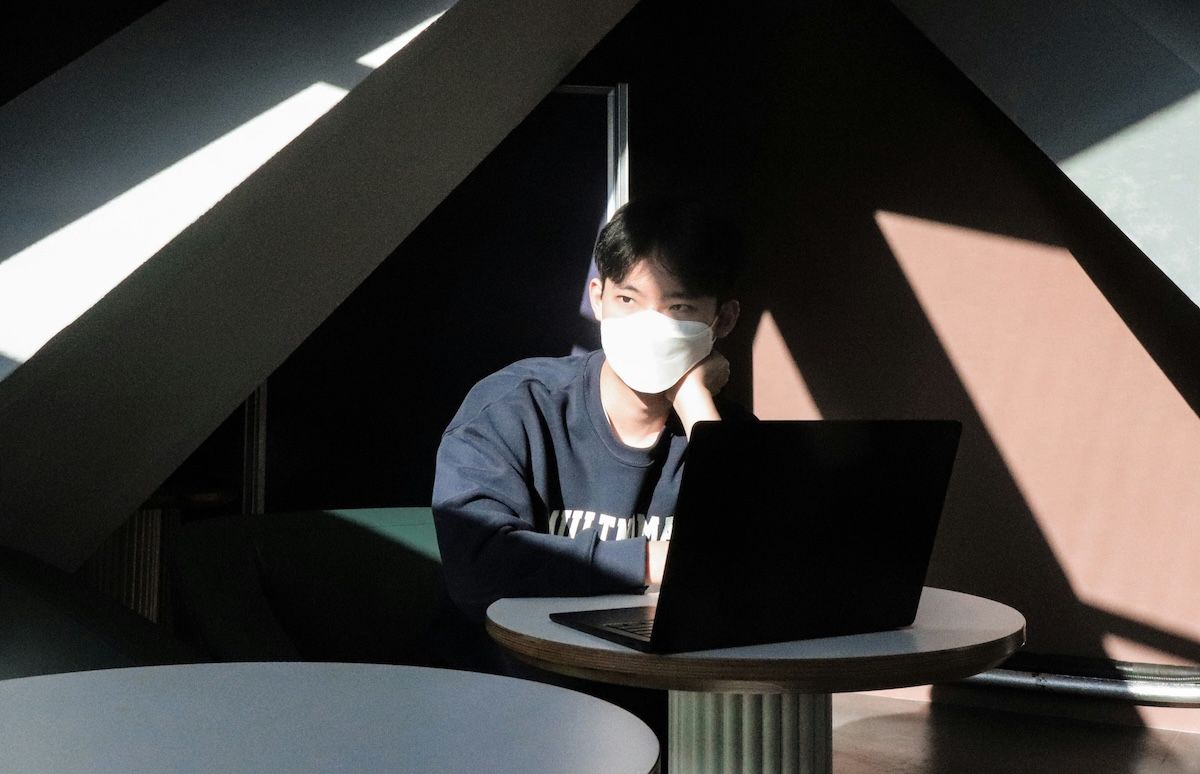It’s all in the flow: musings on trance and energy psychology
What is the role of hypnosis and trance in energy psychology? As someone who has spent over 20 years working with Ericksonian hypnosis I thought I would explore these questions. Let's begin with a definition of the mind.

What is the mind?
I lean heavily on interpersonal neurobiologist Dan Siegel’s definition of the mind: that part of us that controls the flow of information and energy over time. Psychotherapy of any sort, including energy psychology-based approaches, seeks to shift that flow of energy and information toward more functional and integrated flows. Milton Erickson recognized this when he defined define psychotherapy as a re-association of “inner learnings”; in other words, a change of the flow of information and energy over time.
The emphasis on flow also fits very well with concepts of health and illness in Chinese Traditional Medicine and Qigong. In these traditions, illnesses are seen as a block in the flow of energy and health is related to a balanced flow of energy.
What is trance? Does trance play a role in energy psychology approaches?
My preferred definition of trance comes from Ronald Shor. Trance, or an altered state of consciousness, occurs when a person’s usual generalized reality orientation or GRO is weakened or diminished and a special reality orientation (SRO) is built up. What is the usual GRO? It is the mind’s habitual pattern flow of information and energy. An SRO is a special or unusual pattern of information and energy flow. The greater the disruption of GRO the more “altered” one feels. A chemical version of this is getting high on a drug. Architecture can also create an SRO. Think about the great cathedrals that are designed to create an altered state of consciousness so that a person feels more connected to Spirit. In this formulation, trance rarely looks like the Svengali-like deep stupor often depicted in movies.
From an Ericksonian perspective, we go in and out of multiple, different coherent and repeatable trance states throughout the day. Hopefully, the flow of information and energy of each state is well suited to the tasks we have to perform at each point.
Furthermore, each of our minds has ruts or limitations in the flow so that we never go to certain places or end up in the kind of flow that does not work (or at least, not too often). Gary Craig called this the writings on our walls. The bottom line is that it appears that energy psychology, Chinese medicine, Ericksonian hypnosis and interpersonal neurobiology are all taking about the same thing.
How is trance helpful?
Trance is an altered state; a special or unusual pattern of information and energy flow. It creates a softening or lessening of stuck patterns that hopefully brings opportunities for new and healthier patterns of information and energy flow.
Does the ritual of using an energy psychology technique like tapping or TAT create trance?
If we accept the more subtle and fluid definition of trance outlined above, then my answer is yes – at least to some extent. Asking somewhat unusual questions or guiding attention in unusual ways can also create an altered state. If we are talking about a therapeutic relationship, there are subtle and not so subtle suggestions communicated by the confidence of the therapist; and there are subtle and not subtle influences that flow from the authenticity and presence of the therapist. Martin Orne called these “demand characteristics”.
I would even say that when we do Tapas Acupressure Technique, Thought Field Therapy, Emotional Freedom Techniques, Advanced Integrative Therapy or other energy psychology approaches on ourselves from a position of gentle non-judgment we are changing the relationship we have with ourselves. That, by definition, is a change of the flow of information and energy (aka trance).
The bottom line: there are multiple variables moving in us all the time, and many different variables can change our flow of information and energy, including our relationship with others, with ourselves and the stimulation of our energy systems
Is activation of the energy system a major active ingredient in energy psychology?
This is an important question. The short answer is that from a scientific perspective, there is some data suggesting that adding meridian stimulation creates more change than cognitive interventions alone. There have been several studies and even a meta-analysis that supports the idea that the use of acupoints in tapping is an active ingredient. A lot more research needs to be done.
Clinically, I would say yes, something more is going on. If nothing else, the jiggling of the energy system appears to loosen the blocks and allows for natural healing in the bodymind. If you have ever watched the way Ernest Rossi does trance work, it is more like gently jiggling the system and allowing natural healing to occur. To me, “pure energy psychology work” has a different feel than “pure hypnotic work”. But even that is a strange, if not false, distinction. How the practitioner focuses awareness by asking certain questions or making certain reframes is all part of good clinical work that transcends both models. The entire concept of presence and the response to presence quickly merges into the concept of interpersonal trance. And we have not even discussed the ideas of interaction between the energy fields of each person. In addition, I have only slightly touched on the tension between offering suggestions or reframes to clients (yang) versus just gently nudging the system so the blocks release and the natural healing flow is restored (yin).
Perhaps I have answered something for you. Or perhaps I have raised more questions than you had when you began. Or, maybe some different ideas are floating into your mind at this point. Why not take a moment and just enjoy going deeper into the experience?
Author
Robert Schwarz, PsyD, DCEP, has been a licensed psychologist for over 33 years. He serves as ACEP's executive director. Bob has trained therapists internationally on trauma treatment, panic and anxiety, energy psychology. He has authored 3 books, including: Tools for Transforming Trauma, PTSD: A Clinician’s Guide and We’re No Fun Anymore: Guiding Couples to a Joy Filled Marriage Through the Power of Play, as well as numerous articles and papers including "Energy psychology as a polyvagal intervention for trauma."
Photo by Ezra Jeffrey-Comeau on Unsplash



